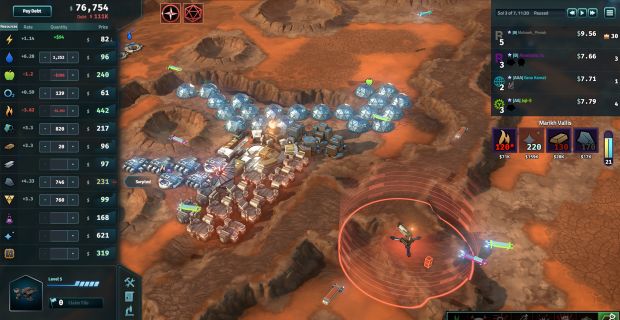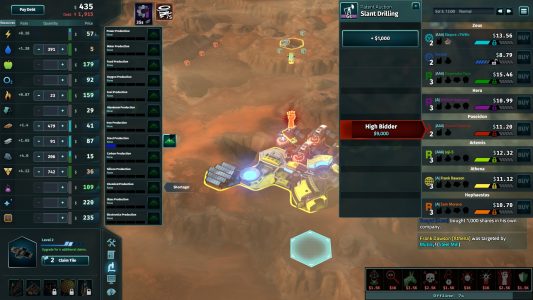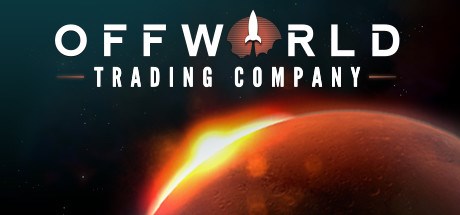
Well, I’m sorry to say you probably just wasted $20. So let’s say you’ve never played a Pokemon game, bought all three classic versions, and are trying to decide which one to start. In other words, it’s a perfect RPG formula for a handheld device, which is why rumors about smartphone versions have swirled ever since the boom in mobile devices. You might need to grind through some battles to prepare your Pokemon for tougher boss battles, but even then combat is so engaging and fast-paced it rarely feels like a chore. You’ll quickly learn to assemble Pokemon loadouts which reflect this rock-scissors-paper gameplay, although you’ll still need to be ready for curveballs the game throws at you. Most Pokemon types have certain strengths and weaknesses when facing other types in combat – Water Pokemon have a distinct advantage against fire, but fare poorly against Grass or Electric enemies. Even moreso if a Pokemon evolves into a new creature when levelling up, introducing exciting designs and expanding your Pokedex entries. The classic Game Boy presentation may be simple, but it still encourages a strong sense of wonder and discovery as you find new Pokemon in grasslands, forests, mountains, caves, and more. It allows Game Freak to show off a huge variety of designs inspired from animals, dinosaurs, and whatever the heck Voltorb evolved from. Red, Blue, and Yellow may have a miniscule selection compared to modern Pokemon games, but there are still 150 to track down, which is still a huge investment. It’s so immersive that modern players who know Kanto’s monster-based economy makes zero sense will lose hours collecting and developing their Pokemon – myself included.īeing able to discover and collect a wide array of monster powers and designs certainly doesn’t hurt either. Twenty years later, these interlocking systems still fit together remarkably well, and create a sense of progression using gameplay alone. You’ll hunt for rare Pokemon in their native environments, train them to become more powerful, and use them to capture new Pokemon in other environments, repeating the cycle. Pokemon‘s phenomenal success stems not from characters or plot, but combat, leveling, and monster collection. That might seem strange to anyone who plays RPGs for the story, but in the end, it doesn’t matter. Nintendo might as well put up a sign saying “Here is your final boss. You do have a nemesis in the form of a childhood rival, but he’s literally handed to you when the game begins.

Even the Team Rocket characters stealing rare Pokemon in the background are more of a distraction than genuine antagonists you have to overcome. While it has a setting, characters, and the bones of a coming-of-age story arc, there are no real twists or developments to speak of. Pokemon is the rare type of JRPG that isn’t actually interested in an overarching plot. Along the way, you’ll also help your neighbor – Professor Oak – assemble an electronic database of every Pokemon in the world.Īnd… that’s pretty much it.

Your primary goal is to capture wild Pokemon, increase their abilities, and pit them against other trainers until you prove yourself the ultimate champion. Red, Blue, and Yellow all take place in Kanto region, where your character is starting a career as a Pokemon trainer. Outside of simply capitalizing on nostalgia, it’s also a perfect opportunity to help new players understand why Pokemon was so exciting in its day, and what motivated us to try and catch them all. What’s great is that instead of simply porting the game and calling it a day, Nintendo seems to have put effort into recreating the original Pokemon experience – right down to famous glitches and wireless trading. Nintendo is certainly aware of this fact, which is why Pokemon Red, Blue, and the Game Boy Color Yellow edition are now available on the 3DS store. Everyone knew about this game, so naturally it’s a huge source of nostalgia today. Even those without Game Boys couldn’t deny their influence – I ended up borrowing a friend’s copy and playing as much as I could before he needed it back. Just about every public school student who owned an original Game Boy during this period has fond memories of playing and trading with friends as much as possible. If you’re the kind of gamer who wonders why Pokemon is among the most successful gaming franchises in the world, odds are you didn’t grow up during the 1990s.

Platforms: Game Boy, Game Boy Color, Nintendo 3DS. Original Release: 1998 (Red, Blue), 1999 (Yellow).


 0 kommentar(er)
0 kommentar(er)
